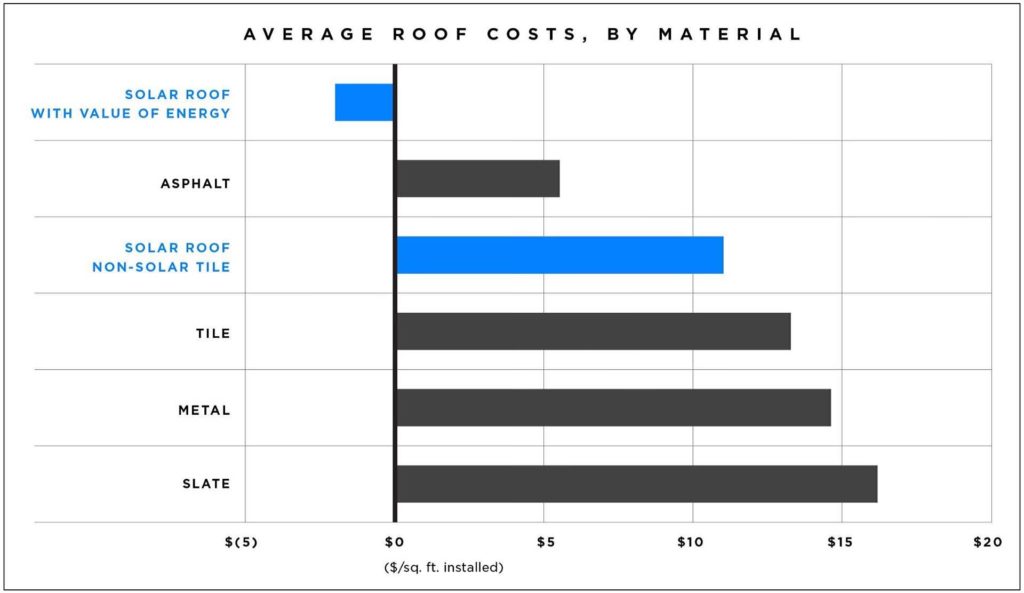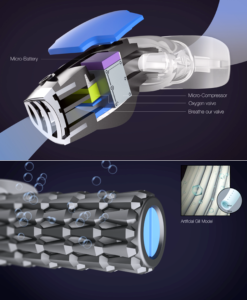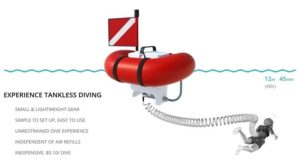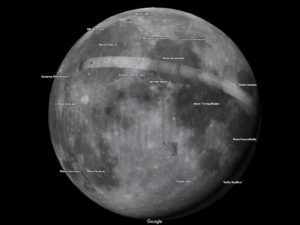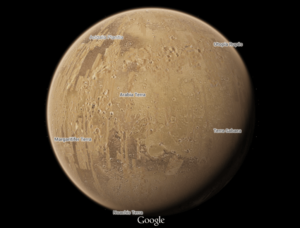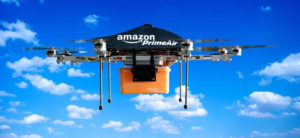“Think about for a moment the families that are separated because of the long flights. Think about the trips not taken because when you add up the lost hours, the trip just doesn’t feel worth it.”
“That’s where we come in. We are a team of engineers and technologists, brought together for the sole purpose of making our world dramatically more accessible. You won’t have to be on the Forbes’ list to be able to fly, it will cost about the same as flying business class today. The ultimate goal is to make supersonic affordable for anyone who flies.”
This is what has been declared by Blake Scholl, CEO and Founder of Boom Technology, the company that is making the theme of the supersonic travel again current.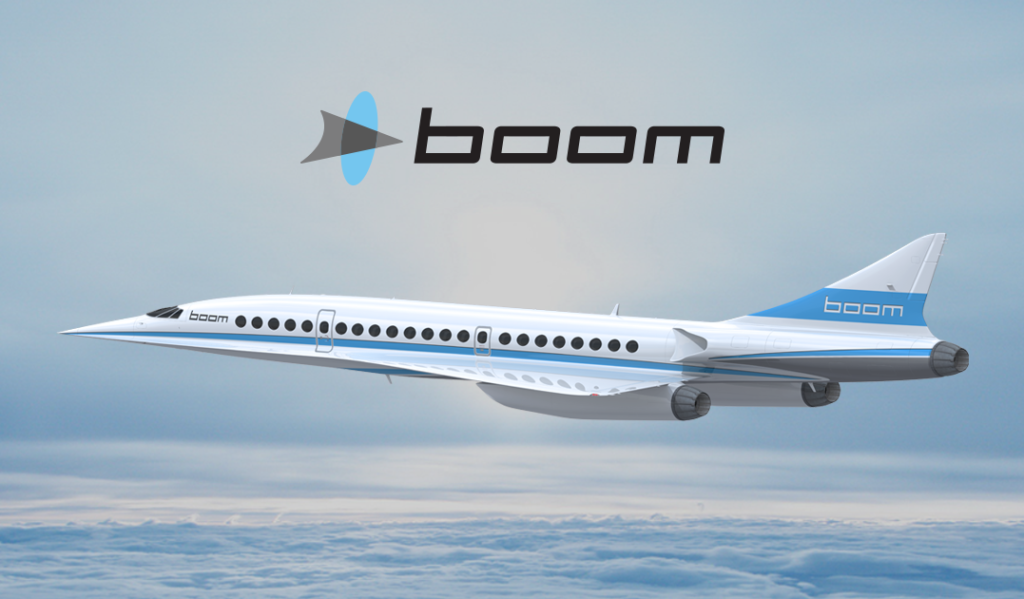
Obviously it seems obvious to say that the advantages that “Boom” could provide would be enormous, especially in terms of saved time.
Just to give few examples, some of the 500 possible air routes that will be covered by the supersonic flight have already been announced: so it will be possible to fly from San Francisco to Tokyo in just 5 hours and from Los Angeles to Sydney in just 6 hours but with the only half of this time you can get to New York directly from London.
I know it sounds like a dream but it’s almost a reality.
As said, “Boom” will fly at speeds not comparable with those we are used to but it is probably wrong to compare this jetliner with the common airliners, in fact perhaps the distant relative of “Boom” has been “Concorde” produced by the Anglo-French consortium formed by British Aerospace and Aérospatiale. “Concorde” that flew for the first time in March 1969 reaching a maximum speed of 1350 miles per hour was an incredible invention but destined for an inglorious ending. In fact, “ Concorde” was declared out of service by flying last time on October 24th, 2003. The reasons were plural but among them stood out the exaggerated prices that made it an instrument suitable for a few people and above all the problem of noisiness when the jet broke the sound barrier producing a huge outroar.
The strength of this American startup is right here, in fact “Boom Technology” not only proposes to overcome” Concorde “in performance, but also tries to do it by solving the problems that led the Anglo-French jet to failure.
At this point, having increased expectations, it is time to get to know “Boom” in more detail. How can all this be possible?
The question is not simple but without going into very technical reasonings that would end up boring, we can try to unveil the most important secrets of the success of this impressive project.
The first big strength of “Boom” will be in aerodynamics. There are three changes that allow the aircraft to reach a level of efficiency never seen before: an area-ruled fuselage, a chine, and a refined delta wing. This type of modification will allow the pilot to have excellent control of the jet even at supersonic speed.
The second fundamental aspect concerns the materials used to assemble it. In fact, almost all the materials used were not known 50 years ago when “Concorde” was still a project.
In fact, on the official website of the company it is possible to read: “Compared to aluminum, carbon composites can be manufactured efficiently in almost any shape, allowing us to implement the ideal aerodynamic design in a strong, lightweight structure. Furthermore, composites handle the heat and stresses of supersonic flight better than aluminum. At Mach 2.2 (1,451mph), the nose and leading edges of our aircraft reach 307°F (345°F on a hot day). Concorde, built from aluminum, grew about 15″ in length due to the heat of supersonic flight. Composites expand much less with heat, allowing a simplified and lighter design.”
In addition to this, the most superficial Components also receive a layer of copper mesh, providing lightning strike protection.
As for the propulsion, “Boom” will be equipped with three General Electric J85-21 turbojet engines, while the normal airliners are usually equipped with a turbofan motor with a medium bypass to achieve greater quietness .
Other fundamental innovations have been planned for flight control systems and fuel management.
By the way of the cabin, this will be very comfortable; there will be no beds (in order to reduce the weight of the aircraft) but there will be two business class single-seat rows very comfortable, divided by a corridor. In this way each passenger will have on a side the window and from the other the access to the corridor.
In addition, the company has done a great job of marketing as can be seen from the video below, convincing anyone to be able to get on board one of these supesonic jets in a few years.
There was also the interest and support (also financial) of some big companies such as “Virgin group” in the person of Richard Branson, who has always been a supporter of supersonic flight. Moreover it is a news of a few days ago that Boom Technologies has obtained an investment of 10 million dollars also from Japan Airlines. So Virgin Group and Japan Airlaines are, so far, the only two known investors but the American startup recently declared they already have 76 aircraft ordered by companies that preferred to remain anonymous.
In short, the promise was made: by 2023 Boom Technologies will bring to market the new supersonic jet that will serve commercial flights at a price more or less in line with the prices of a normal business class ticket, but drastically reducing flight times. To minimize the travel time “Boom” will fly at only 60000 feet in height and when it will exceed the speed of sound the noise produced will be at least 10 times lower than that of the “Concorde”.
In my opinion it would be an extraordinary goal. It is obviously necessary to reach the appropriate safety and performance standards. The imperative must be: don’t be afraid to change when the change is evolutionary. Having had a previous point of reference was certainly helpful, but they should not be content with exceeding the limits of “Concorde”.For example, I wonder if it would have been better to settle for a slightly lower speed to ensure a higher number of passengers on board ( the “Concorde” transported up to 120 passengers at a time, however, reaching a speed of 1350mph). In this way I believe that the process of massification of supersonic flights would have been faster and in a second moment they could have improved further the flight performance.
REFERENCES:
- https://boomsupersonic.com/xb-1/·
- http://www.wired.co.uk/article/virgin-supersonic-travel·
- http://www.businessinsider.com/boom-supersonic-gets-10-million-investment-from-japan-airlines-2017-12?IR=T·
- http://www.independent.co.uk/travel/news-and-advice/boom-supersonic-jet-fly-london-new-york-3-hour-flight-time-launch-2025-planes-passenger-travel-a8056206.html·
- https://www.forbes.com/forbes/welcome/?toURL=https://www.forbes.com/sites/martinrivers/2017/12/05/supersonic-passenger-jet-boom-is-turning-japanese-after-jal-investment/&refURL=&referrer=·
- https://www.thesun.co.uk/news/2195285/concorde-nasa-richard-branson-new-york-supersonic/·
- https://www.theguardian.com/business/2016/nov/15/richard-branson-supersonic-flight-virgin-boom

